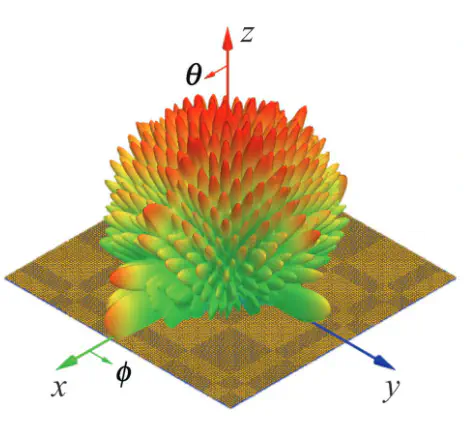Coding metasurfaces for diffuse scattering: Scaling laws, bounds, and suboptimal design

Abstract
Coding metasurfaces, based on the combination of two basic unit cells with out-of-phase responses, have been the subject of many recent studies aimed at achieving diffuse scattering, with potential applications to diverse fields ranging from radar-signature control to computational imaging. Here, via a theoretical study of the relevant scaling-laws, the physical mechanism underlying the scattering-signature reduction is elucidated, and some absolute and realistic bounds are analytically derived. Moreover, a simple, deterministic suboptimal design strategy is introduced that yields results comparable with those typically obtained by approaches based on brute-force numerical optimization, at a negligible fraction of their computational burden, thereby paving the way to the design of structures with arbitrarily large electrical size. Results are corroborated by rigorous full-wave numerical simulations and microwave experiments, and may be of interest in a variety of application fields, such as the design of low-scattering targets and illumination apertures for computational imaging, not necessarily restricted to electromagnetic scenarios.